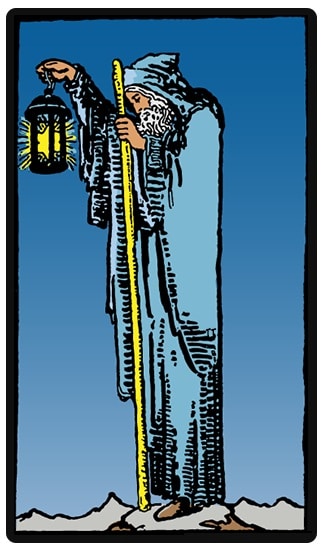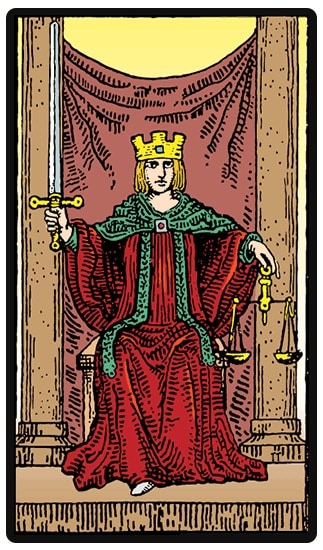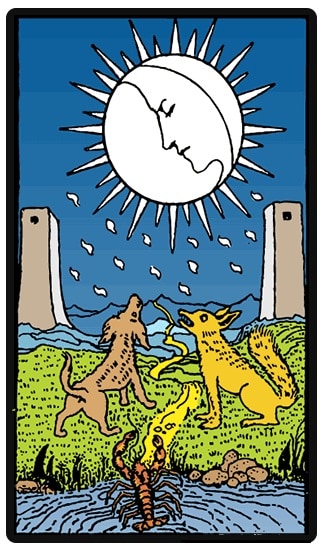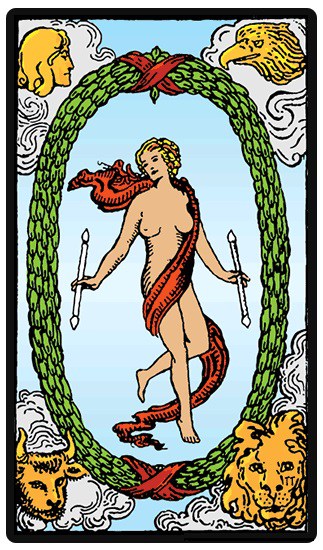A Game of Cards
The tarot, first known as “trionfi” and later as “tarocchi”, “tarock”, and others) is a pack of playing cards, used from the mid-15th century in various parts of Europe to play games such as Italian tarocchini and French tarot. In the late 18th century, it began to be used for divination in the form of tarotology/cartomancy.
The original purpose of tarot cards was to play games, the first rules appearing in the manuscript of Martiano da Tortona before 1425, and the next from the year 1637. The game of tarot has many cultural variations. Tarocchini has survived in Bologna and there are still others played in Piedmont and Sicily, but in Italy the game is generally less popular than elsewhere.
The 18th century saw tarot’s greatest revival, during which it became the most popular card game in Europe, played everywhere except Ireland and Britain, the Iberian peninsula, and the Ottoman Balkans. French tarot experienced a revival beginning in the 1970s and France has the strongest tarot gaming community. Regional tarot games—often known as tarock, tarok, or tarokk are widely played in central Europe within the borders of the former Austro-Hungarian empire.
Divination using playing cards is recorded as early as 1540. A manuscript from 1750 (Pratesi Cartomancer) documents rudimentary divinatory meanings for the cards of the tarot. In 1765, Giacomo Casanova wrote in his diary that his Russian mistress frequently used a deck of cards for divination.
Tarot Readings
Like common playing cards, the tarot has four suits (which vary by region: French suits in Northern Europe, Latin suits in Southern Europe, and German suits in Central Europe). Each suit has 14 cards, ten cards numbering from one (or Ace) to ten and four face cards (King, Queen, Knight, and Jack/Knave). In addition, the tarot has a separate 21-card trump suit and a single card known as the Fool. Depending on the game, the Fool may act as the top trump or may be played to avoid following suit.
The Major Arcana (greater secrets), or trump cards, consists of 22 cards without suits: The Magician, The High Priestess, The Empress, The Emperor, The Hierophant, The Lovers, The Chariot, Strength, The Hermit, Wheel of Fortune, Justice, The Hanged Man, Death, Temperance, The Devil, The Tower, The Star, The Moon, The Sun, Judgement, The World, and The Fool. Cards from The Magician to The World are numbered in Roman numerals from I to XXI, while The Fool is the only unnumbered card, sometimes placed at the beginning of the deck as 0, or at the end as XXII.
The Minor Arcana (lesser secrets) consists of 56 cards, divided into four suits of 14 cards each; ten numbered cards and four court cards. The court cards are the King, Queen, Knight and Page/Jack, in each of the four tarot suits. The traditional Italian tarot suits are swords, batons/wands, coins and cups; in modern tarot decks, however, the batons suit is often called wands, rods or staves, while the coins suit is often called pentacles or disks.
Each Major Arcanum depicts a scene, mostly featuring a person or several people, with many symbolic elements and major archetypes. In many decks, each has a number (usually in Roman numerals) and a name, though not all decks have both, and some have only a picture. The earliest decks bore unnamed and unnumbered pictures on the Major Arcana (probably because a great many of the people using them at the time were illiterate), and the order of cards was not standardized.
The Strength card is traditionally the eleventh card and The Justice card is the eighth, but the influential Rider-Waite-Smith deck (pictured here) switched the position of these two cards in order to make them a better fit with the astrological correspondences worked out by the Hermetic Order of the Golden Dawn, under which the eighth card is associated with Leo and the eleventh with Libra. Today many decks use this numbering system, particularly in the English-speaking world. Both placements are considered valid.
Do not be afraid as cards such as Death, which really represent (transformation, endings, closure and regeneration) not physical death. Or cards such as The Devil (attachments, restrictions, commitment, limitations) The Hanged Man (surrender, new perspective, waiting, sacrifice, release) or The Tower (destruction, chaos, questioning beliefs), as they are all symbolic of life changes that help us to pay attention, with a little more consciousness.
Take the time to get to know the “personalities” and symbols represented on these cards. It will give you amazing insight into these archetypes and what they really represent in our lives!
We’ve Cast Your Cards
The 3 cards cast here, represent your past (1st position on the left), your present (2nd middle position) and your future (3rd position on the right) Below you will find the interpretation of each card. (To recast your cards, simply refresh the page). Click on each LINK under the card to understand each position.
Recommended Products
-

Crystal Astrologer Course
$ 279.95 -
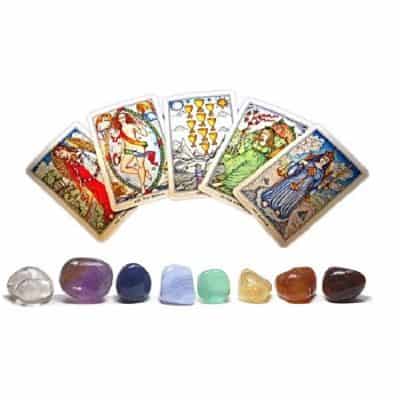
Crystal Tarot Set
$ 49.95 -
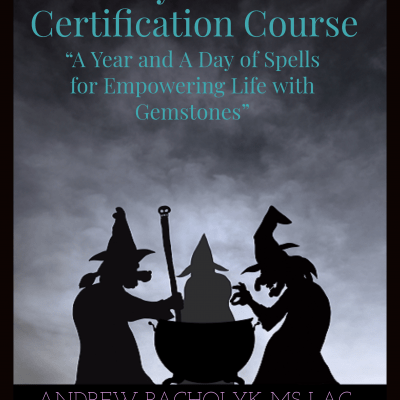
Crystal Witch Course
$ 279.95 -

Crystal Witch PLUS Course
$ 299.95 -

Crystalline Angel Course
$ 279.95 -
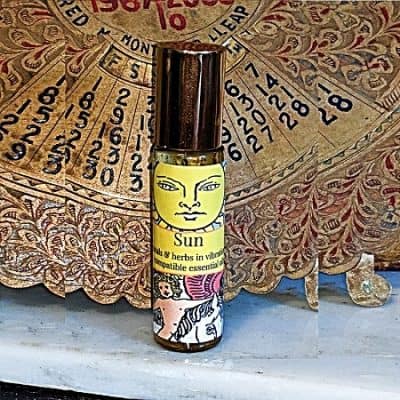
Sun Tarot Oil
$ 13.95 -

Tarot Card Bag
$ 4.95 -

Tarot Card Set
$ 19.95 -

Tarot Incense Cones
$ 5.95 -

Tarot Reader’s Candle
$ 17.77 -

Tarot Wheel Pendant
$ 12.95









